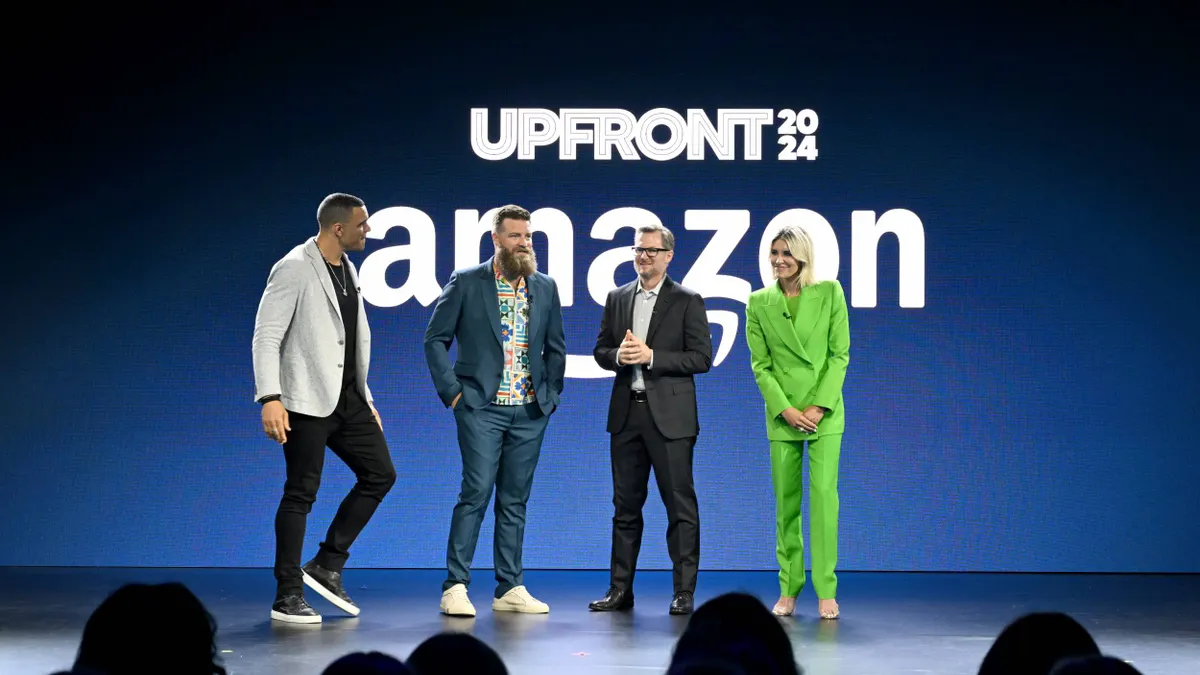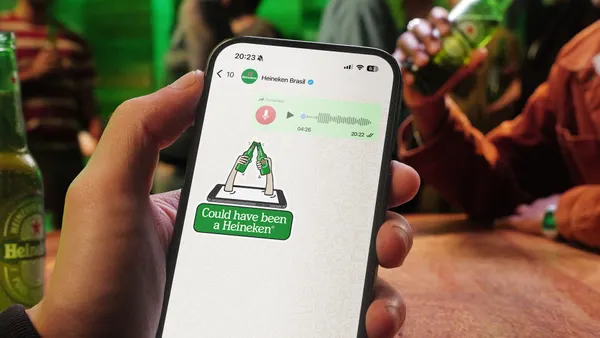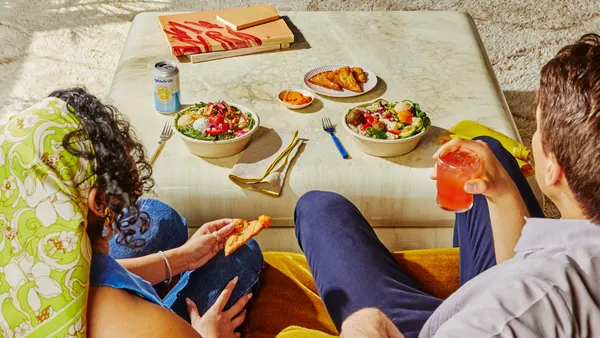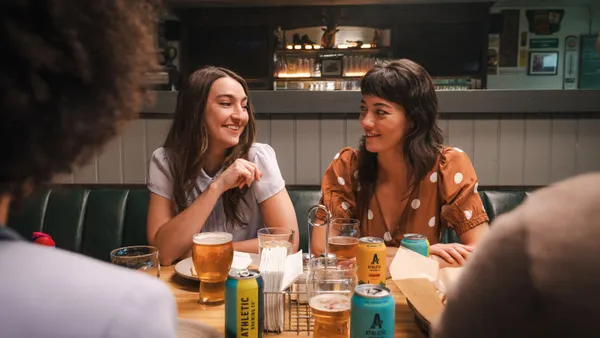Editor's note: The following is a guest post from Melyssa Cramer, Kargo's associate director of ad product and innovation.
At the biggest tech show of the year, CES-goers got a glimpse of the most innovative gadgets and trends hitting the market. When it comes to mobile, our tech experts, researchers and designers have their fingers on the pulse of the most cutting edge mobile design trends in rich media. How can you put the "art in ad tech" in 2018? Here are the top five mobile design trends to be on the lookout for in the year ahead:
1. Simplicity
Cluttered designs are out. When a mobile interface has too many elements and distracting animations, it confuses the user, leading them to abandon the experience altogether. The concept of "less is more" is a great rule of thumb when considering the placement of brand assets, color choice and the overall animation sequence of the ad. Each asset should have a purpose on the screen and should contribute to the overall visual identity of the experience. In a world of constant visual stimulation, simpler design will stand out amongst the clutter, ensuring that users will pay more attention to the products showcased.
2018 Design Trends | Warby Parker from KARGO on Vimeo.
Format: Spotlight
Giving visuals a clear hierarchy can help make content comprehension easier. By removing unnecessarily cluttered elements, brands can keep the focus on the key message or product and intended user interaction.
2. Animation gestures
Moving further into 2018, designers will focus on motion design and microinteractions in an attempt to solve some of the current problems related to gesture-based interactions. Purposeful animation gestures can be utilized to give users a better understanding of the intended user interactions and provide positive feedback for each.
2018 Mobile Design Trends | Gatorade from KARGO on Vimeo.
Format: Storyteller
The arrow ticking to the right on the homepage displays the intended user interaction, prompting users to swipe left. Each user interaction is paired with a set of smooth transition animations, providing immediate visual feedback that the intended action was completed.
3. Short-form video
The average human's attention span has dropped drastically over the last 15 years, now clocking in at less than that of a goldfish. With the dominance of video content surging in 2017, advertisers must adapt their content and deliver their visual brand message more concisely in 2018. Companies, including Kargo, have already embraced this trend by offering various short-form video products between 6 and 15 seconds. The ability to adapt a longer video spot (30 to 60 seconds) into a more digestible version will be key in implementing this trend effectively.
2018 Mobile Design Trends | Target from KARGO on Vimeo.
Format: 10-second horizontal view stream
By editing a 30-second video spot into a shorter-form video, brands are still able to tell their stories in impactful ways without losing user attention.
4. Material design
While skeuomorphism has given way to flat design in recent years, a continuing shift toward a middle ground has led to what’s known as material design. This approach rejects flat styles in favor of grounded, tactile designs. Techniques like adding depth through shadows and meaningful motion, edge-to-edge imagery, large-scale typography, intentional white space, and other bold choices exemplify the form and help to bring dimensionality back to mobile design.
Format: Full-screen execution
Using bold brand colors paired with shadows for depth help to create a visually stimulating yet simple mobile design experience.
5. Vibrant colors
In keeping with the trend of material design, this year will see a continuation of 2017’s bolder, brighter color schemes. Understated tones and muted palettes will fade out as vibrant hues and color gradients dominate. Designers will move towards louder, more attention-grabbing techniques, as well as the two-tone subtrend, which features images with gradient and duotone overlays.
Format: Full-screen execution
The use of a bold gradient in the background draws attention and gives this unit a loud voice. The main product is showcased beautifully against the saturated background.












